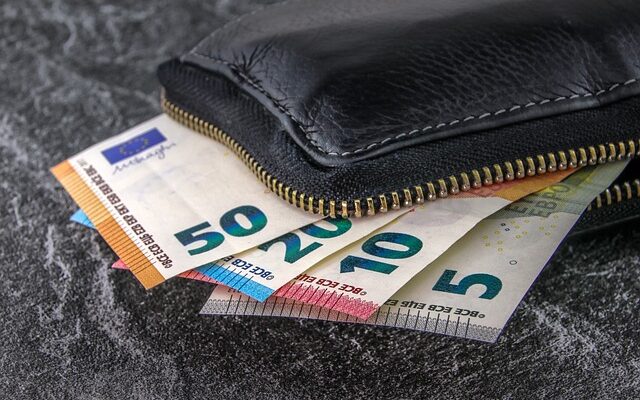As of 2024, the Euro is legal tender in the following countries: Germany, Andorra, Austria, Belgium, Cyprus, Vatican City, Croatia, Slovakia, Slovenia, Spain, Estonia, Finland, France, Greece, Ireland, Italy, Kosovo, Latvia, Lithuania, Luxembourg, Malta, Monaco, Montenegro, Netherlands, Portugal, and San Marino.
On the other hand, the following European countries have their own currency and do not use the Euro: United Kingdom (British Pound), Switzerland (Swiss Franc), Russia (Russian Ruble), Denmark (Danish Krone), Albania (Albanian Lek), Belarus (Belarusian Ruble), Bosnia and Herzegovina (Bosnia and Herzegovina Convertible Mark), Bulgaria (Bulgarian Lev), Hungary (Hungarian Forint), Iceland (Icelandic Króna), Kazakhstan (Kazakhstani Tenge), North Macedonia (Macedonian Denar), Moldova (Moldovan Leu), Norway (Norwegian Krone), Poland (Polish Złoty), Czech Republic (Czech Koruna), Romania (Romanian Leu), Serbia (Serbian Dinar), Sweden (Swedish Krona), and Ukraine (Ukrainian Hryvnia).
Within Europe or outside of it, it is generally easy to exchange any currency into Euros. Most banks offer competitive exchange rates (with a margin of approximately 5%). However, for countries with their own currencies, it may be easier to exchange them in larger and economically influential European countries. Smaller European countries with their own currency might require exchanging money upon arrival or in neighboring European countries.
While you can find currency exchange services for most European currencies at European airports, it is not recommended to exchange money there, as they often apply unfavorable exchange rates. Banks are generally a better option for currency exchange.
Regarding the exchange of European currencies other than the Euro outside of Europe, it is possible to exchange some currencies, but often at uncompetitive rates. It is usually more cost-effective to exchange upon arrival in Europe.
That being said, it is important to note that when traveling in Europe, it is sufficient to carry a small amount of cash for emergencies. Most establishments accept card payments, and paying with a card is generally more economical, especially if you have a travel-specific card that offers competitive exchange rates and benefits when using foreign ATMs.
If you are interested in finding the best cards for travel, foreign payments in multiple currencies, and withdrawing money from international ATMs, check out this comparative article on the different cards available in the market for traveling.
Euro denominations:
In case you are not familiar with the denominations of Euro banknotes and coins, here they are:
Banknotes: 500 Euros (no longer issued but still legal tender), 200 Euros, 100 Euros, 50 Euros, 20 Euros, 10 Euros, and 5 Euros.
Coins: 2 Euros, 1 Euro, 50 cents, 20 cents, 10 cents, 5 cents, 2 cents, and 1 cent.
It is advisable to avoid carrying 500, 200, or 100 Euro banknotes to Europe, as many establishments may refuse to accept or exchange them.

